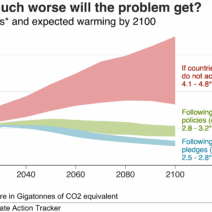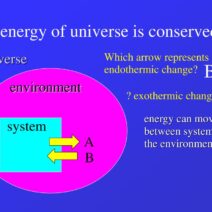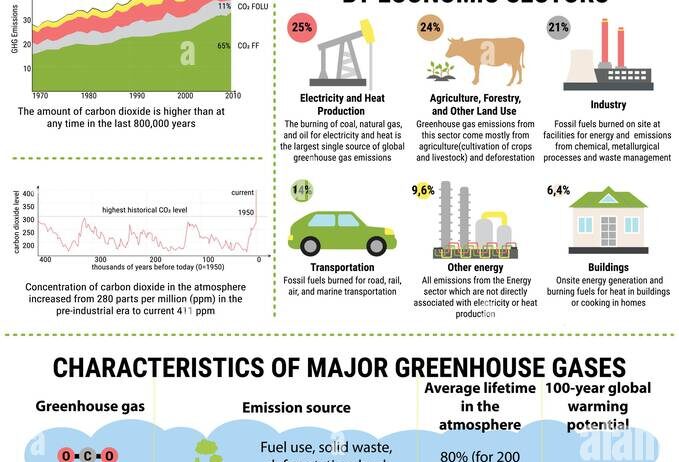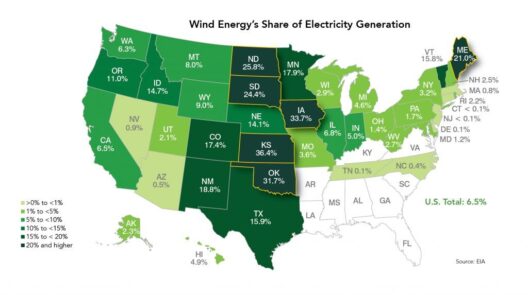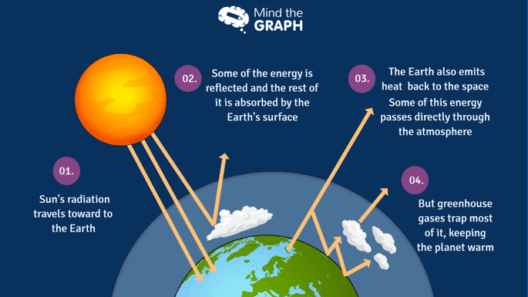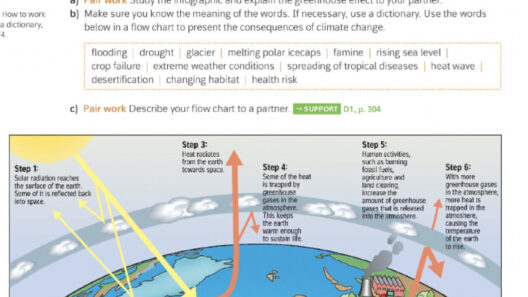The greenhouse effect is an intricate phenomenon that plays a crucial role in regulating the Earth’s temperature. Understanding which gases contribute to this effect is essential for effectively addressing climate change. Among the various greenhouse gases, carbon dioxide (CO2) and methane (CH4) are the most significant players. Delving into their roles unveils the complexities of climate science and the urgent need for mitigation strategies.
Before we discuss the specifics, it’s paramount to grasp how the greenhouse effect operates. Solar energy enters the Earth’s atmosphere and warms the surface. This heat is then radiated back toward space. However, greenhouse gases trap some of this outgoing heat, creating a warming effect that supports life on our planet. Nature’s balance, however, has been disrupted, primarily due to human activities.
The concern surrounding greenhouse gases—particularly carbon dioxide and methane—centers on their impressive capacity to absorb infrared radiation and their longevity in the atmosphere, which significantly amplifies their warming potential.
The Mechanisms of Carbon Dioxide Emission
Carbon dioxide is the most prevalent greenhouse gas emitted by human activities. The combustion of fossil fuels for energy, deforestation, and certain industrial processes release copious amounts of CO2 into the atmosphere. The energy sector is a leading contributor. Coal, oil, and natural gas power plants produce stunning quantities of carbon emissions that directly correlate with rising global temperatures.
Beyond energy production, transportation ranks as a significant source of CO2. Vehicles powered by gasoline and diesel continually exhale this gas. Appreciating the sheer volume involved illustrates a pressing concern: these emissions are not merely fleeting but persist in the atmosphere for centuries. Each molecule of CO2 contributes cumulatively to global warming, creating urgency in the need for transition strategies toward carbon-neutral energy sources.
The Role of Methane: A Potent Greenhouse Gas
While carbon dioxide is a major contributor to long-term climate change, methane deserves special attention due to its potency. Methane has a global warming potential over 25 times greater than that of CO2 when analyzed over a 100-year span. This impressive warming effect is exacerbated by its relatively short life in the atmosphere—about a decade—compared to CO2. During its brief stay, however, its warming impact is exponential.
Methane emissions predominantly arise from agricultural practices, landfills, and the production and transport of fossil fuels. Certain farming techniques, particularly those associated with livestock and rice cultivation, generate substantial methane. The fermentation processes that occur in the digestive systems of ruminants lead to methane being expelled into the atmosphere. Addressing these agricultural contributions presents both a challenge and an opportunity for more sustainable practices.
The soil and landfill scenarios are equally dire. Decomposing organic matter in anaerobic conditions within landfills generates methane. Implementing better waste management strategies and innovations in recycling can mitigate this input significantly.
Both carbon dioxide and methane present pressing concerns for climate resilience. They not only differ in their mechanisms of emission but also in their properties and environmental impact dynamics. Understanding these variances is crucial for developing targeted interventions.
Human Contributions and Responsibilities
Humankind plays an integral role in amplifying greenhouse gas emissions. It is necessary to scrutinize our combined practices across various sectors to devise effective solutions. From the burning of fossil fuels to deforestation and industrial processes, human activities have introduced more than 300 billion tons of CO2 into the atmosphere annually. This trend must be reversed to mitigate the catastrophic consequences of climate change.
These emissions directly relate to climate phenomena such as extreme weather, rising sea levels, and changing ecosystems. As a result, addressing greenhouse gas emissions is not merely an environmental issue but a societal imperative, touching upon health, economy, and quality of life.
Strategies for Reducing Greenhouse Gas Emissions
Transitioning away from fossil fuel dependency is paramount. Renewable energy sources, such as solar, wind, and hydroelectric power, do not emit CO2 during operation. Employing these technologies can divert society from the reliance on carbon-intensive fuels.
Improving energy efficiency in our homes, businesses, and industries can also yield extensive reductions in energy consumption and CO2 emissions. Implementation of energy conservation measures, as well as supporting policies for sustainable urban development, can lead to profound results.
On the agricultural front, enhancing practices to lower methane emissions is feasible. Integrating more methane capture systems in landfills and improving livestock feed can reduce emissions remarkably while sustaining productivity. Investments into agri-tech that promotes sustainable practices will also foster broader acceptance and efficacy.
In conclusion, understanding the roles of carbon dioxide and methane in the greenhouse effect and climate change provides an illuminating glimpse into the urgent call for environmental action. By recognizing the intricate interactions of these gases and their human-induced fluctuations, a foundation for effective mitigation strategies can be established. The journey towards a sustainable future requires cooperative efforts across all sectors to ensure that we cultivate an inhabitable planet for generations to come.
